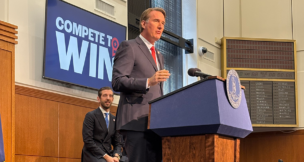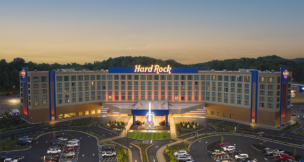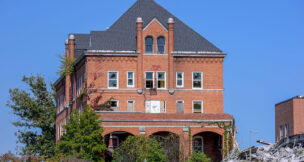NoVa, Hampton Roads home sales rise in July
Home sales in Northern Virginia and Hampton Roads rose year-over-year in July, while inventory as measured by active listings rose year-over-year and month-over-month for both. Both regions also saw median sales prices rise from the previous year but drop from June prices. Northern Virginia July home sales in Northern Virginia rose 13.5% from July 2023 […]
Former Northrop Grumman CEO’s mansion sells for $9.95M
Former Northrop Grumman Chairman and CEO Wes Bush and his wife, Natalie, sold their McLean mansion June 28 for $9.95 million, according to Fairfax County records. Steven A. Sigsbury, an attorney with the Cochran Law Group in Tysons, is listed as the buyer of 903 Turkey Run Road and Baldy’s Bait and Tackle Trust is […]
NoVa, Hampton Roads home sales fall in June
Home sales in Northern Virginia and Hampton Roads dropped year-over-year in June, as homes stayed on the market longer and median sales prices rose. Northern Virginia June home sales in Northern Virginia fell 13.8% from June 2023 and 12.2% from May, according to data released July 11 by the Northern Virginia Association of Realtors. “This […]
Va. housing market gave mixed signals in May
Virginia’s housing market gave off mixed signals in May. Closings were higher than last year, but pending sales were flat, according to Virginia Realtors data released June 25. In May, 10,715 homes sold in Virginia, up 423 sales or just over 4% from the same month last year. “While sales activity has outpaced last year […]
Hampton Roads home sales steady, inventory rises in May
Hampton Roads home sales in May remained steady year-over-year, but inventory climbed, breaching 4,000 homes for sale, according to Real Estate Information Network (REIN) data released Monday. Last month, 2,498 homes sold in Hampton Roads, up from 2,189 in April and equal to homes sold in May 2023. Pending sales totaled 2,546, down from 2,569 […]
Norfolk property management firm promotes president, principal broker
John Chandler has been promoted to president and principal broker of Berkshire Hathaway HomeServices RW Towne Property Management, the Norfolk-based real estate firm announced Wednesday. Chandler was previously director of facilities and compliance for Berkshire Hathaway HomeServices RW Towne Realty and chief operating officer of the property management division, according to his LinkedIn profile.[...]
Winchester region sees state’s biggest population growth
Since 2020, Winchester has gained traction as Virginia’s fastest-growing metro area due to an outflow of remote workers from the Washington, D.C., region to the exurbs. That’s squeezing the local housing market and boosting prices — as well as causing worry among the region’s leaders. “Living in Winchester versus D.C. is very attractive for federal […]
Va. housing market warms up in April
Virginia’s housing market is heating up this spring, with April sales increasing 14.1% from sales in April 2023, according to Virginia Realtors data released Tuesday. Last month, 9,416 homes sold in Virginia, up 1,164 sales from the same month last year. Sales activity in Virginia has been trending up in 2024, except for a dip […]
NoVa home sales rise dramatically in April
Northern Virginia home sales in April rose 13.5% from April 2023, the region’s first double-digit growth in sales since November 2021, according to data the Northern Virginia Association of Realtors released Tuesday. In April, the region had 1,623 closed sales, up year-over-year and up 36% from the 1,191 homes sold in March, reflecting a spring […]
Hampton Roads home sales, prices up in April
Home sales across Hampton Roads were up in April, as the region also racked up near-record median sales prices, the Real Estate Information Network (REIN) reported Friday. There were 2,189 settled sales for the month, up from 2,057 in March and 2,053 in April 2023, according to REIN. There were 2,569 pending sales, compared with […]
Va. housing market dampens in March
The pace of sales in Virginia’s housing market slowed in March, declining 7.3% over March 2023, according to data released by Virginia Realtors Tuesday. In March, there were 8,075 home sales in the commonwealth, 634 fewer sales than this time last year. At the end of the month, there were 14,950 homes on the market, […]
NoVa, Hampton Roads home sales fall in March
Home sales in Northern Virginia and Hampton Roads dropped year-over-year in March, a reversal from sales growth seen in February. Median sales prices, though, continued to rise. Northern Virginia Northern Virginia home sales in March dropped 13.8% from March 2023, a reversal from the year-over-year sales growth seen in February, according to data the Northern […]























